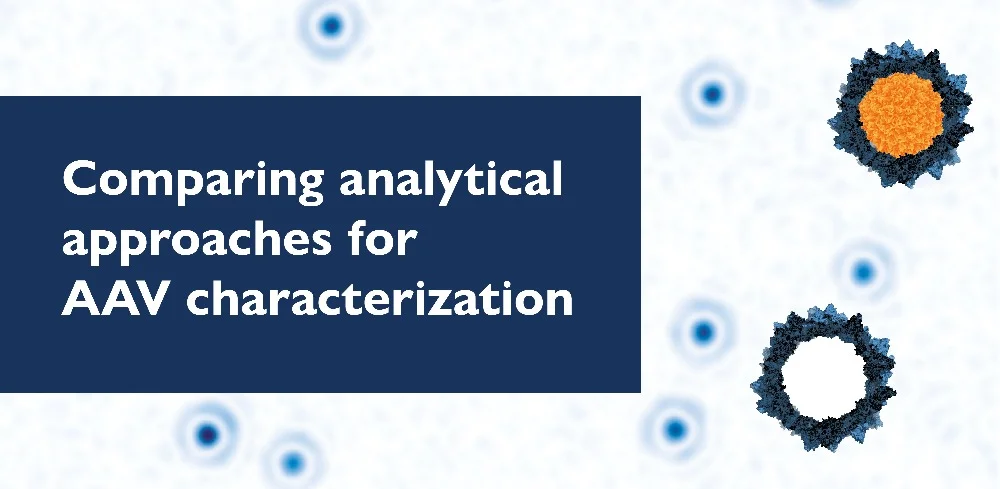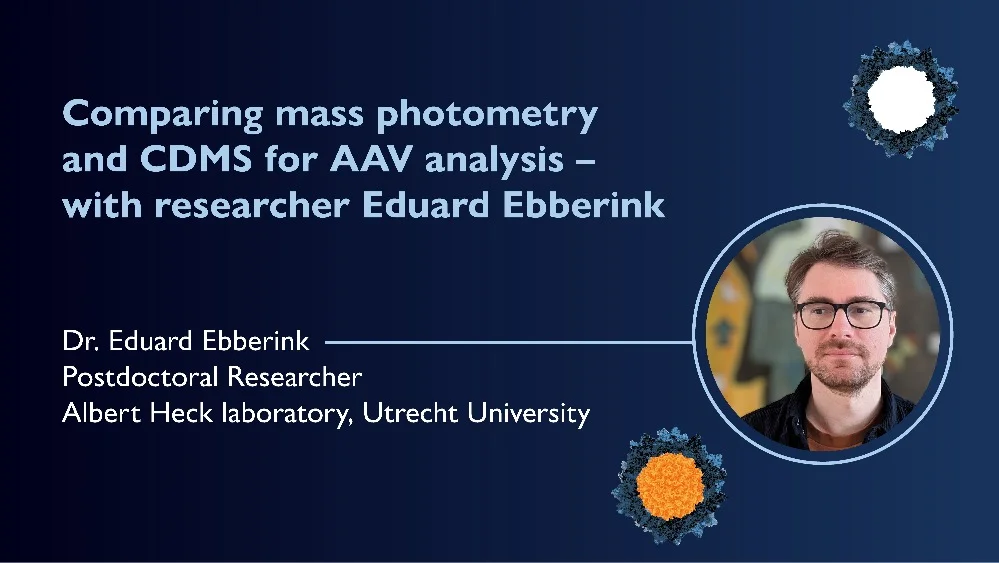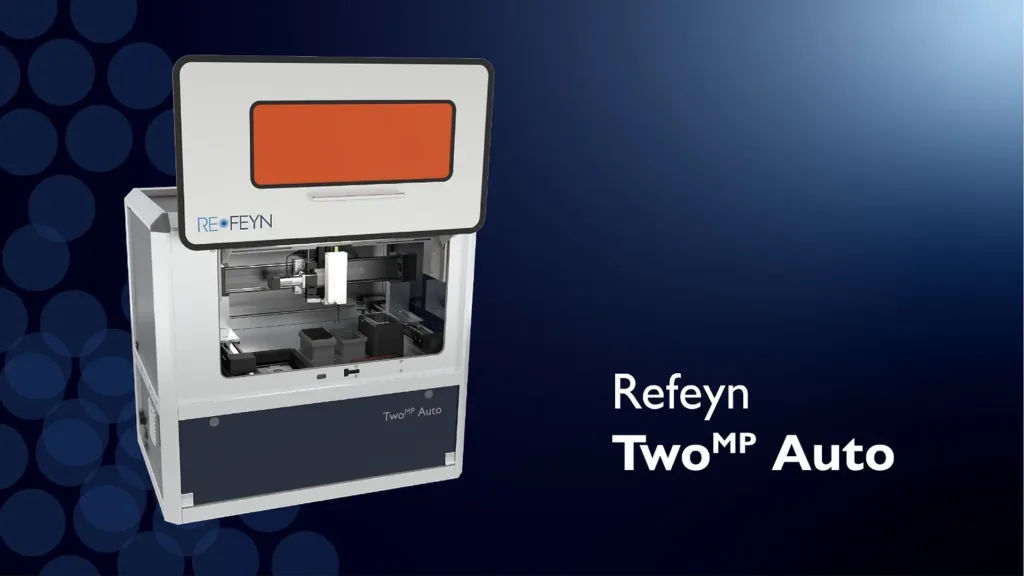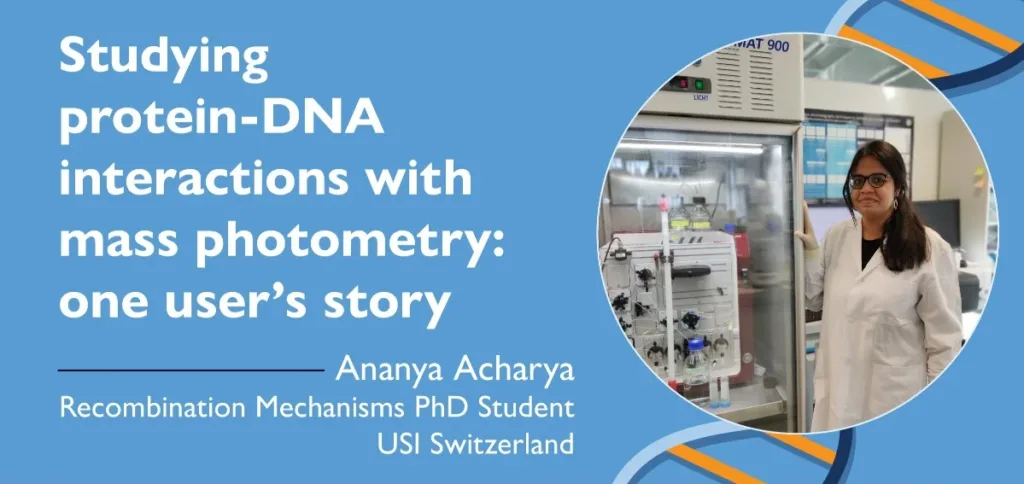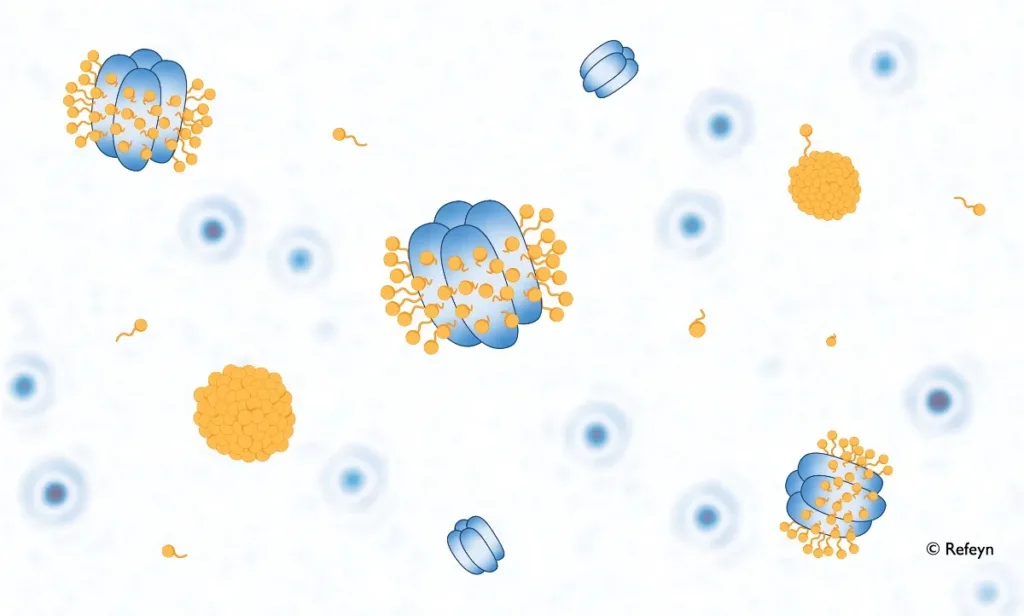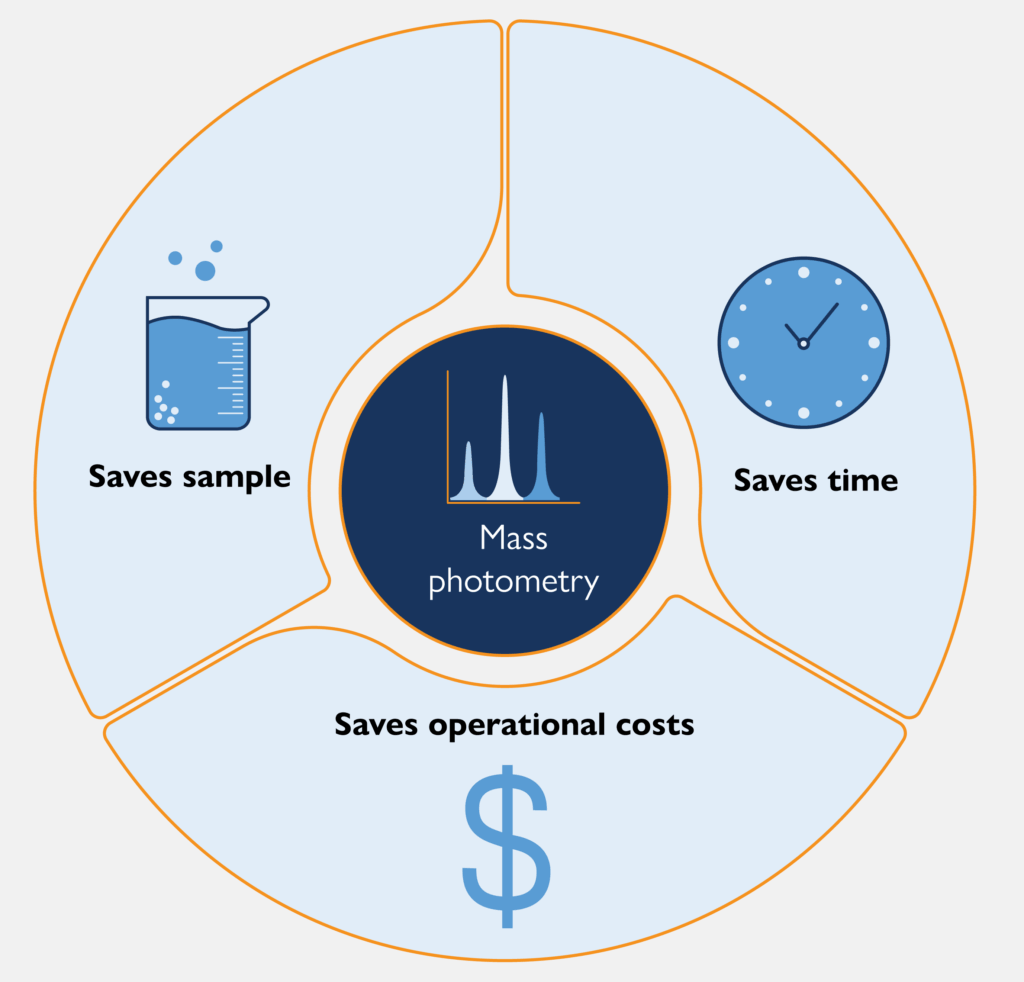You can never get enough time on an electron microscope. To make the most of the time you do have, you need to streamline the cryo-EM workflow. Negative stain EM (NS-EM) can help you optimize buffer conditions and assess sample quality before you move to the low-temperature microscope, but it’s a time-consuming, expensive technique. What you need is a cost-effective method that can speed up your analysis. The TwoMP, a bioanalytical tool that uses mass photometry to characterize biomolecules, can help you optimize your sample analysis without breaking the bank (or project budget). In this blog, Refeyn product manager Cathryn Langley, DPhil, tells us all about it.
